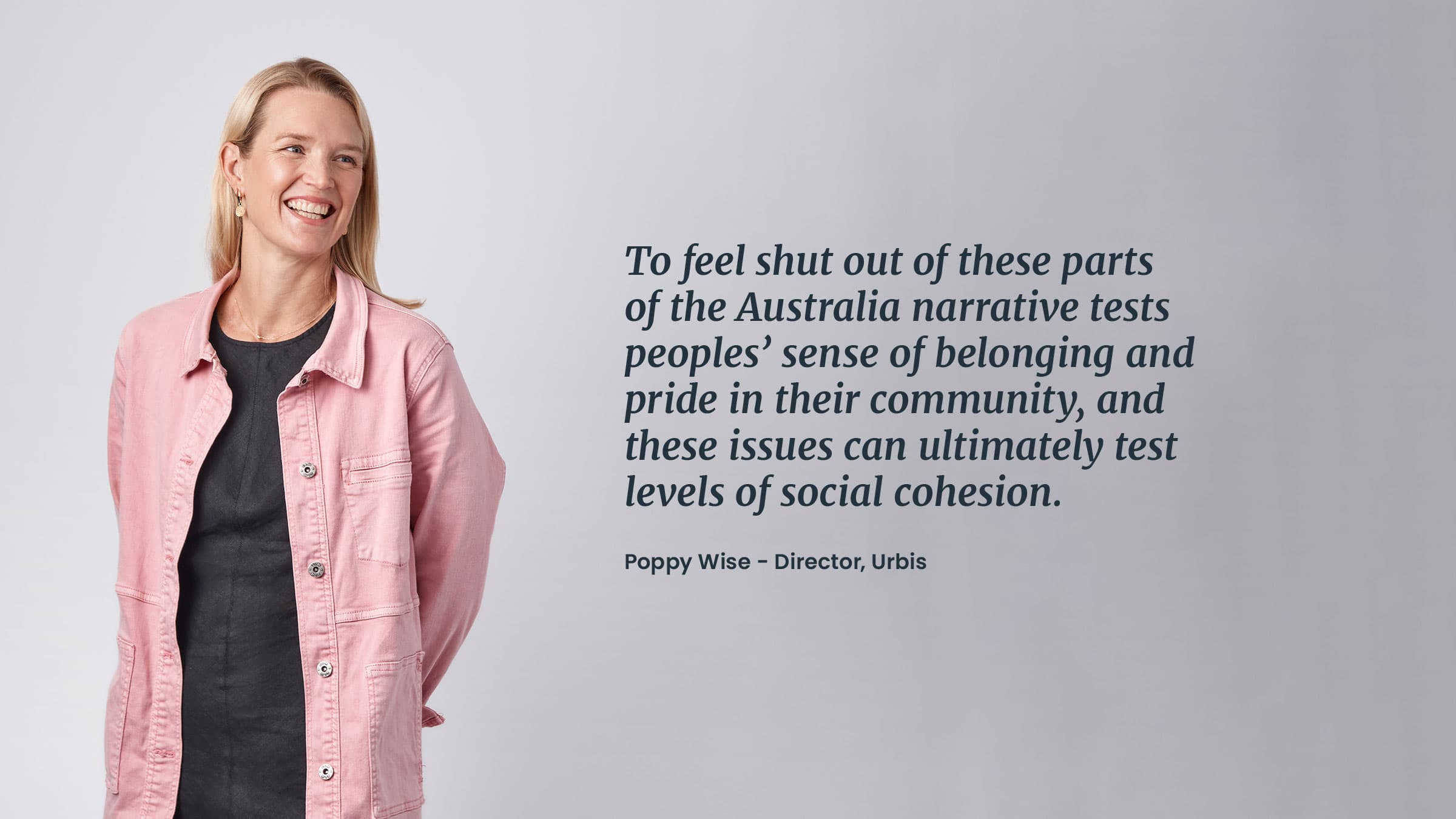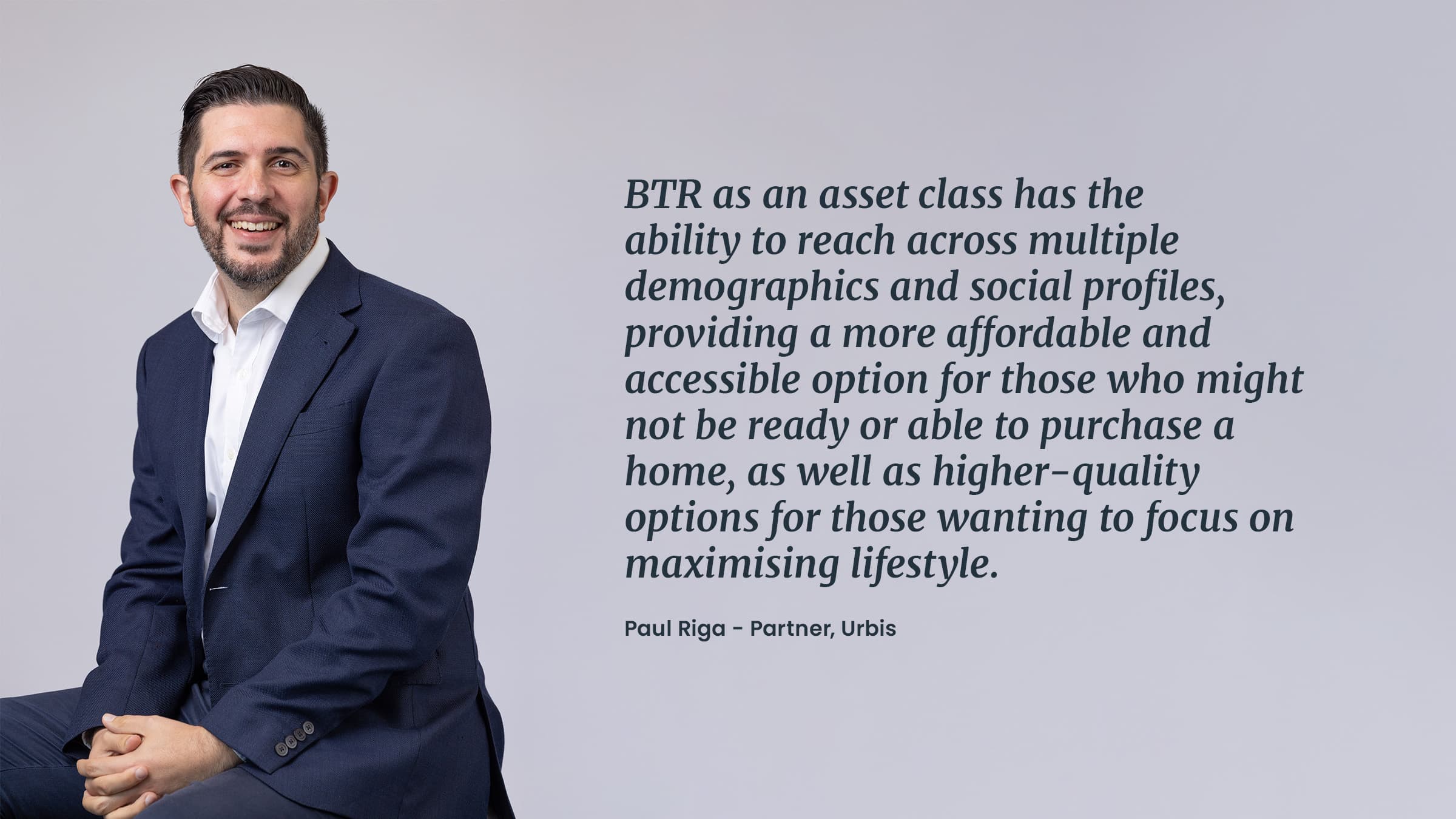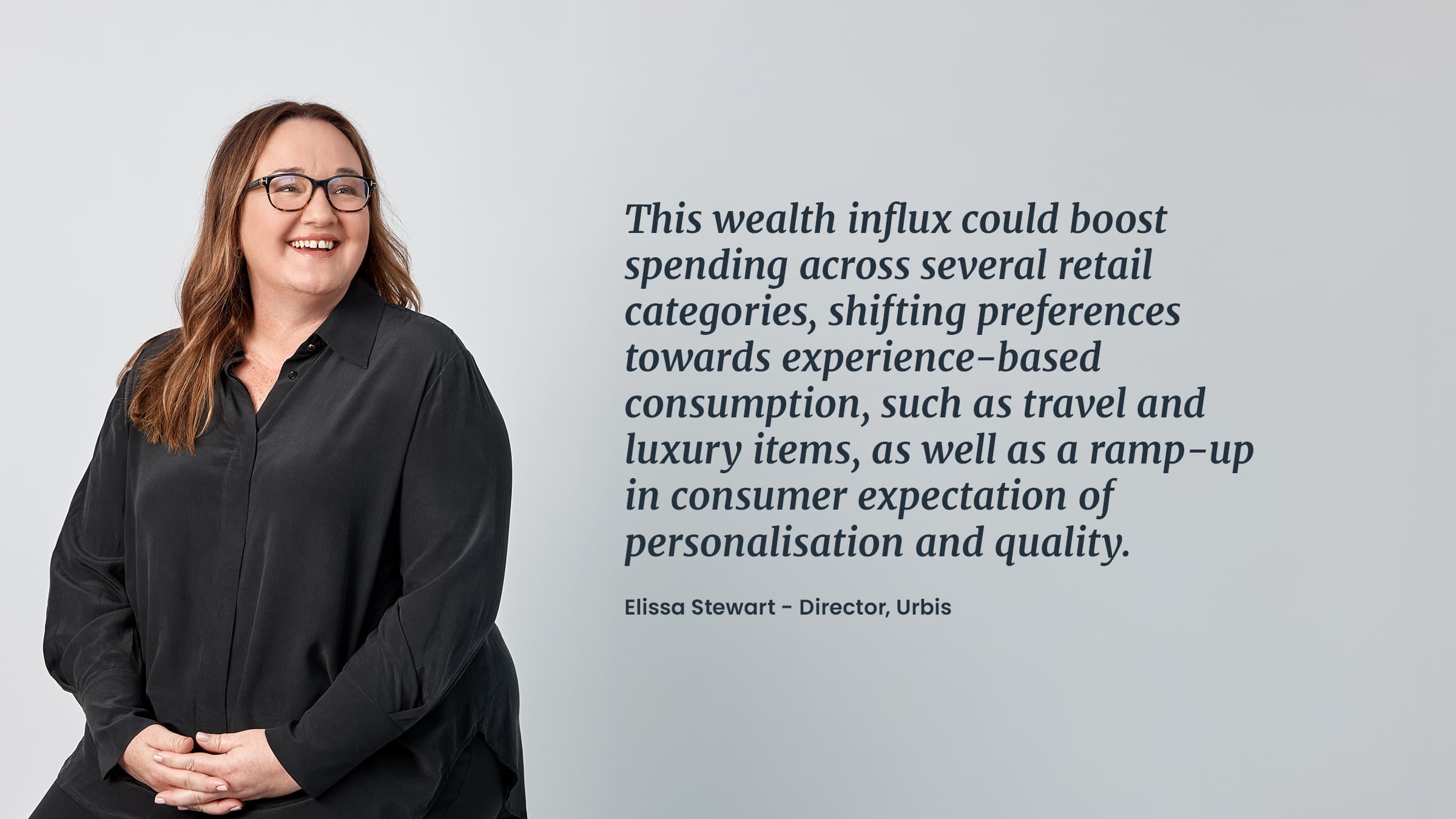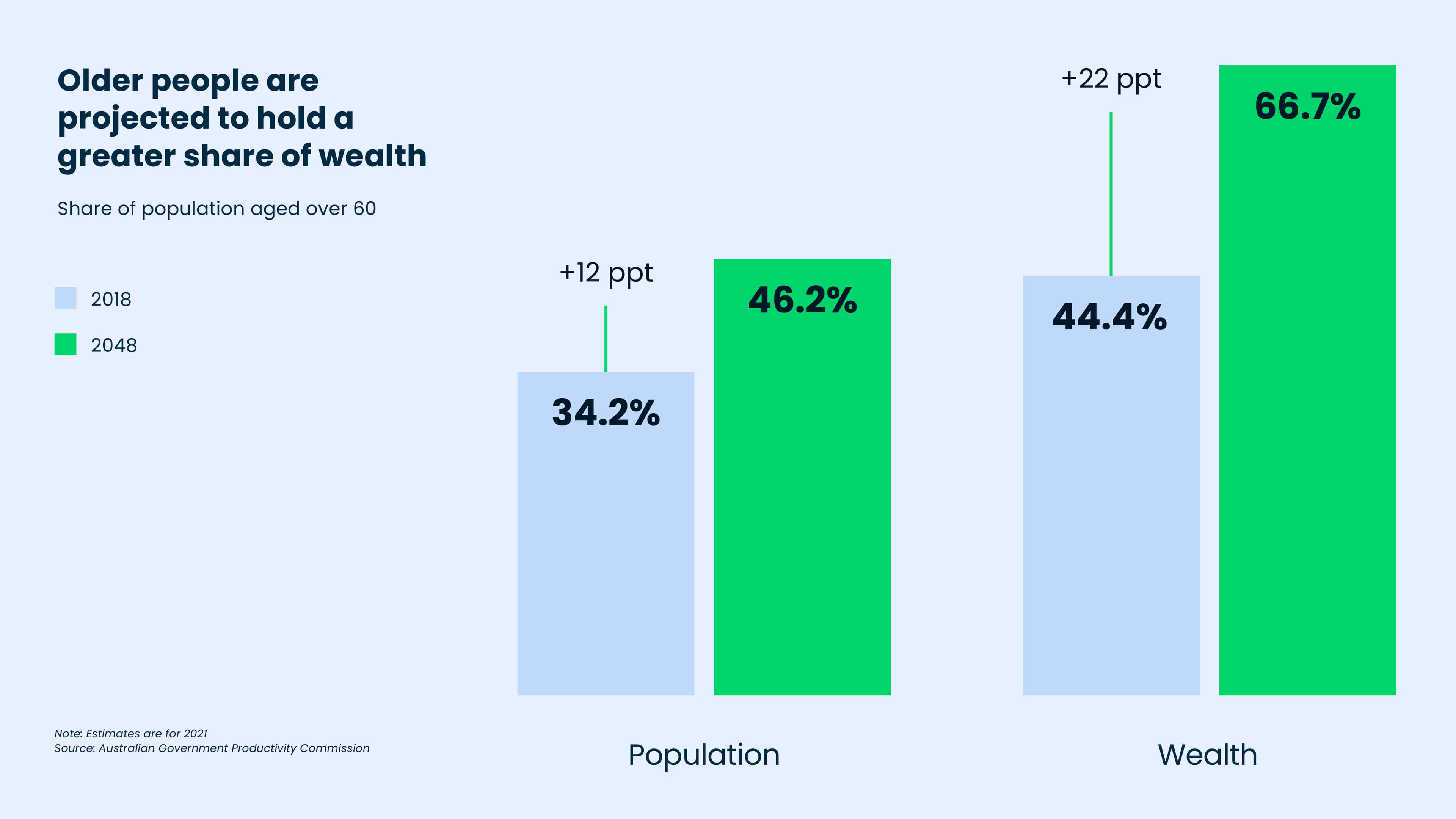How the Great Wealth Transfer will transform property markets

Baby Boomers have accumulated substantial assets, due to rising property values, compulsory superannuation, free education, and wealth-preserving policies. But in the next 10-20 years in Australia, up to $5 trillion will pass from Baby Boomers to younger generations – unlocking new opportunities for property owners, investors, and managers.
Over the next 10-20 years, an estimated $70 trillion (USD) worth of assets globally will transfer from Baby Boomers to younger generations.These assets include real estate, investments, savings, and other forms of wealth. This wealth transfer will impact not only the direct heirs but the various industries and sectors that serve them. Millennials (born 1981-1996) and Generation X (1965-1980) are anticipated to be the main beneficiaries, with Generation Z (1997-2012) eventually benefiting in the future, as the ‘Great Wealth Transfer’ occurs over coming decades.
This unprecedented wealth transfer, made up of assets including money, real estate, investments and businesses, will have profound socio-economic implications that will shape property markets, lifestyle choices, and health and wellbeing outcomes in our cities and regions.
How wealth transfer could worsen inequality
The great wealth transfer will significantly reshape the Australian economy, influence societal trends, and create new opportunities and challenges for individuals, businesses, and policymakers. While an estimated 50 percent of this wealth will go towards mortgages, personal debt and luxury, its beneficiaries may reinvest the other half elsewhere.
However, this shift may exacerbate inequality, according to the Australian Productivity Commission's report on inter-generational wealth transfer. Wealthier families will pass on financial security, investment options, and home ownership advantages. Conversely, families with fewer assets will see less benefit, limiting their economic mobility.
Without policy interventions, the unequal distribution of inherited wealth could undermine social cohesion. The Commission’s report suggests tax reforms and improved access to education and housing for lower-income families to address these disparities.

The future of Build-to-Rent (BTR): inherited wealth and the impact on the housing market
Investment preferences differ across cohorts, with older generations typically behaving more conservatively. However, property investment remains a popular investment choice across all age groups. Future generations are likely to continue investing heavily in housing.
What younger generations do with the wealth they inherit will shape the residential market. Millennial and Gen Z individuals value flexibility and may prefer renting over buying, even with increased financial capacity. This cultural shift supports the growth of the Build-to-Rent (BTR) market in Australia, which offers rental properties with amenities and services that cater to busy modern lifestyles and prevent residents feeling “locked” into one location. BTR developments, typically located in urban centres or well-connected suburbs, align with these preferences.
Despite the incoming wealth transfer, housing affordability remains a critical issue. As Generation X and Millennials drive the market, we may see trends towards smaller household sizes and increased urban living. Multigenerational living may rise due to ageing population concerns and affordability issues for younger buyers. Developers and investors will need to analyse and cater for these demographic shifts to understand the unique impacts of this wealth transfer on different markets.

The opportunity for retail owners and landlords
An estimated 50 percent of inherited wealth is spent immediately, directed towards reducing debt and spend on discretionary items. We should expect to see increased growth in retail spending over the next decade as Generation X and Millennials gain more disposable income, through debt clearance, increased cash from inheritance.
The retail landscape in Australia shows a noticeable gap in catering to the older demographic. This oversight is particularly concerning given the significant wealth held by Baby Boomers, with their spending power not adequately recognised by retailers. Traditionally, leasing and marketing strategies have been heavily focused on attracting younger customers and young families, leaving a substantial and affluent segment of the population under-served.

As the wealth transfer gains momentum, the industry needs to reassess its approach to retail planning and marketing strategies. With a wealthier older generation emerging, who have been active consumers throughout their lives, planning for this segment as key customers and spenders will be imperative to drive growth. This involves considering design implications such as accessible store layouts, clear and readable signage, appropriate parking, and a diverse retail mix that includes products and services tailored to their needs. Additionally, partnering with strong online brands that cater to this market can bridge the gap between physical and digital retail experiences. By doing so, a more inclusive and engaging retail environment can be created that recognises and values the contributions of older Australians. The time is now to innovate and adapt, ensuring that our retail spaces are welcoming and relevant to all generations.
The older generations of the future will not shop like those of the past. Their needs will be unique, presenting a significant income opportunity. Failing to cater to their needs will result in a loss of this potential income. This shift in wealth and consumer expectations will vary significantly by region. Therefore, it is crucial for retailers, property owners, and managers to understand the demographic changes projected for their catchment area to capitalise on the opportunity.

Planning for the Great Wealth Transfer
Developers, policymakers, planners, and property professionals can anticipate and prepare for the preferences and behaviours of new wealth holders.
Given the long lead times for planning approvals in some jurisdictions, property owners need to be proactive in updating their master plans and confirming their approval pathways to respond to these opportunities.
Reach out to discuss how the Great Wealth Transfer may impact your projects and or portfolio.












